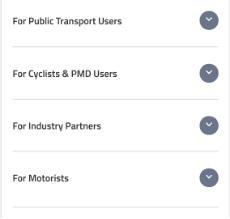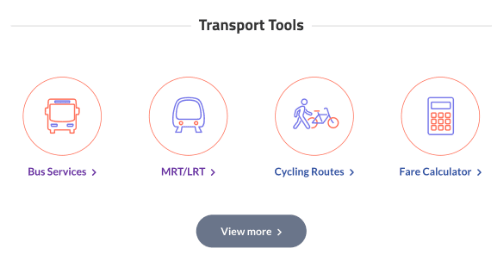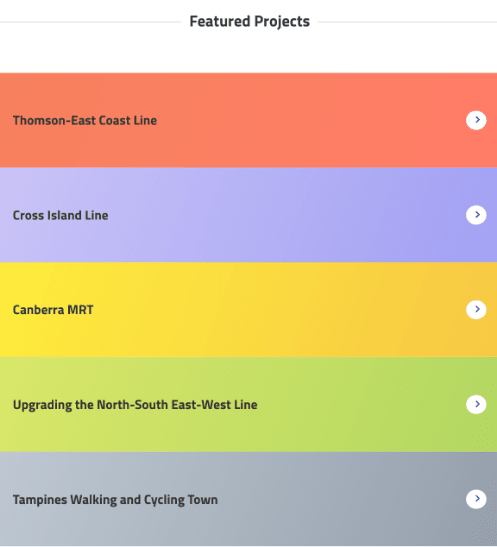Cycle, Scoot and Ride Considerately
Our paths and roads are shared spaces. We should consider the safety of our fellow travellers, no matter whether we drive, walk, cycle or ride active mobility devices.
LTA’s vision for a car-lite nation is not only about providing the amenities to support walking, cycling and riding, but also building a culture of courtesy and respect for fellow commuters.
Active Mobility Act (AMA)
The Active Mobility Act (AMA) came into force in May 2018, providing a set of rules and code of conduct to enable safer sharing of public paths among various users. If you fail to adhere to the rules, you may face prosecutorial action by the Authority. Notices to Attend Court (PDF, 52kB) may also be issued should you commit an offence under the Active Mobility Act.
Active mobility devices governed under the AMA include:
- Bicycles
- Three-Wheeled Pedal Cycles: Cargo tricycles and rider-only tricycles
- Recumbents: Two- and three-wheeled recumbents
- Power-Assisted Bicycles (PAB)
- Motorised and Non-motorised Personal Mobility Devices (PMDs): Kick-scooters, electric scooters, hoverboards, unicycles, motorised luggage, etc.
- Personal Mobility Aids (PMAs): Wheelchairs, motorised wheelchairs or mobility scooters which are designed to carry an individual who is unable to walk or has walking difficulties
The AMA also provides LTA with legislative and enforcement powers to regulate the sale of three-wheeled pedal cycles, recumbents, PMDs, PABs and PMAs.




















